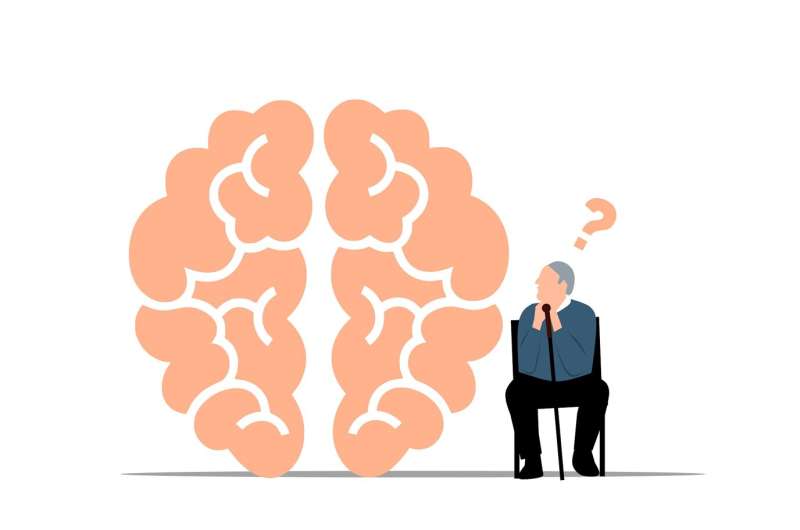Hydrops MRI Enhances Accuracy in Differentiating Meniere Disease from Vestibular Migraine

Hydrops MRI provides high-accuracy differentiation between Meniere disease and vestibular migraine, aiding in precise diagnosis and treatment planning. A recent study demonstrates the effectiveness of advanced MRI techniques in clinical settings.
Recent research has highlighted the significant role of hydrops magnetic resonance imaging (MRI) in accurately distinguishing between Meniere disease (MD) and vestibular migraine (VM). A study published in Frontiers in Neurology demonstrates that the combination of cochlear endolymphatic hydrops (CEH) and vestibular endolymphatic hydrops (VEH), visualized through delayed postgadolinium 3D MRI sequences, can precisely diagnose these inner ear conditions.
The prospective study involved 31 patients, including 15 with probable MD or confirmed MD and 16 with probable VM or confirmed VM. Participants underwent advanced MRI scans using fluid-attenuated inversion recovery techniques with optimized contrast. The findings revealed that VM patients showed no signs of hydrops or increased perilymphatic enhancement (PLE), whereas MD patients had characteristic hydrops features.
Utilizing logistic regression analysis on CEH, VEH, and PLE, the researchers achieved a 100% accuracy rate in differentiating between MD and VM, significantly improving diagnostic confidence. Misclassification occurred when using only individual markers like CEH, VEH, or PLE, underscoring the importance of a combined imaging approach.
The study concludes that hydrops MRI is a powerful tool for the differential diagnosis of inner ear disorders, particularly in complex cases. This advanced imaging technique offers clinicians a valuable method to distinguish between MD and VM, leading to better-targeted treatments and management strategies.
For more details, the study is accessible through Frontiers in Neurology: Link. This research underscores the importance of incorporating hydrops MRI into clinical practice for accurate diagnosis of inner ear conditions.
Stay Updated with Mia's Feed
Get the latest health & wellness insights delivered straight to your inbox.
Related Articles
Shane Warne's Legacy Prompts Nationwide Heart Risk Screening, Revealing Concerning Results
A comprehensive COVID-19 screening initiative in Australia, dedicated to Shane Warne, reveals nearly 70% of participants face at least one uncontrolled heart disease risk factor, highlighting the urgent need for accessible preventative healthcare.
Strengthening Relationships Enhances Resilience for Dementia Caregivers, New Study Shows
Investing in loving relationships can build emotional resilience for dementia caregivers, helping them navigate behavioral changes and maintain meaningful connections over time.
Enhancing Women's Health Messaging to Combat Cancer and Save Lives
Effective, trust-based health messaging can significantly increase cervical cancer screening rates among women, especially in culturally sensitive communities, potentially saving countless lives.



